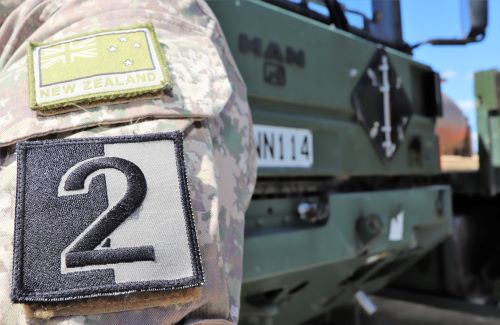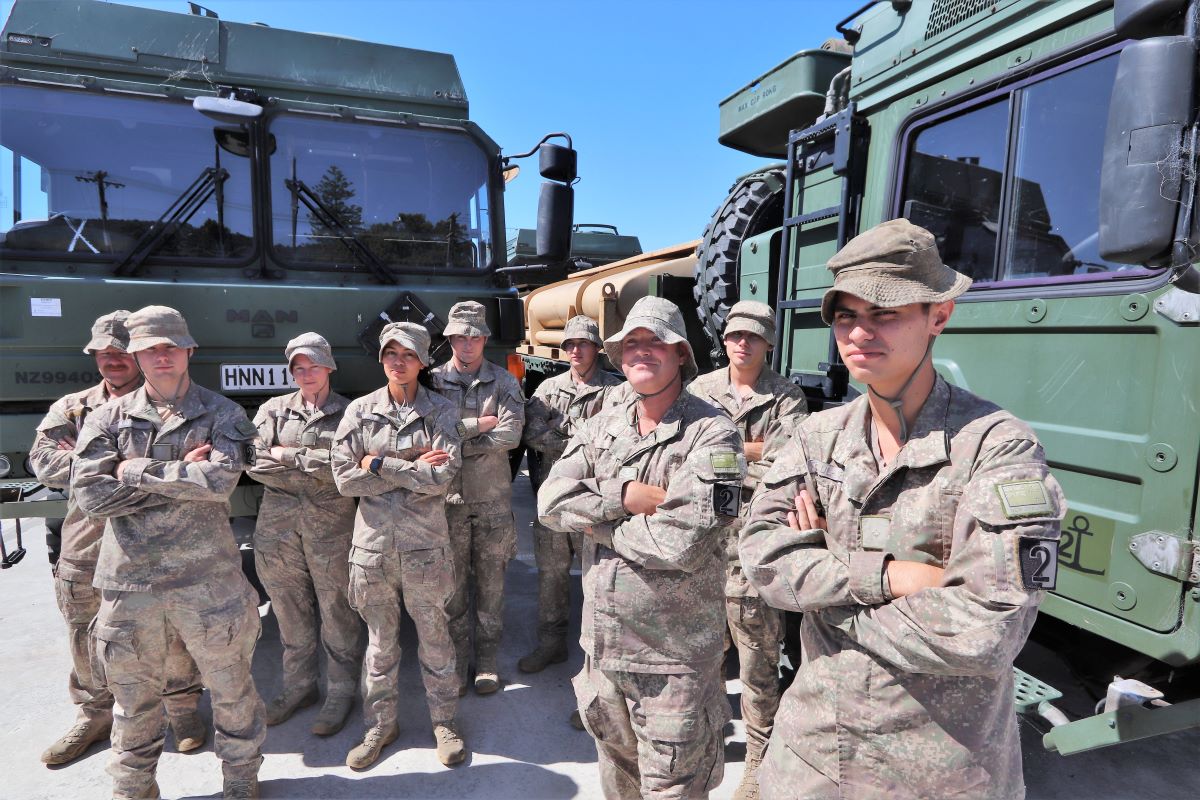More agencies and equipment join Northland drought response
25 Feb 2020, 11:03 AM
Northland Civil Defence Emergency Management Group says the regional, multi-agency response to the Northland drought is taking a significant step up this week.
Local authorities, emergency services, Northland District Health Board, Government departments, iwi, the Northland Rural Support Trust and private sector organisations are already contributing to the response.
Graeme MacDonald, spokesperson for the Northland Civil Defence Emergency Management (CDEM) Group said an initial priority was to set up emergency water supplies in case they are required in the locations where the town water supplies are under most pressure – Kaitaia, Kaikohe and most recently, Rawene, with the possibility of others to follow.
“However, it’s important to point out that all town water supplies are currently holding out, albeit being closely monitored and with high levels of restrictions in place.”
There are also projects involving the Far North District Council and iwi to establish alternative water supplies into Kaitaia and Kaikohe.
 Members of 2 Combat Service Support Battalion have arrived in Northland to assist with the regional, multi-agency drought response.
Members of 2 Combat Service Support Battalion have arrived in Northland to assist with the regional, multi-agency drought response.
“We are also going to be getting some assistance from the New Zealand Defence Force, who are sending up trucks with water tanks installed and a team of drivers. They will be based out of Kaitaia initially and we’re prioritising their work from an assessment across communities outside of town supplies and what they need. The Defence Force will be delivering water to community facilities and marae, in case it is needed by the communities they serve. We may redeploy the Defence Force team after that.”
He added: “This is not taking over from the existing water carriers and if you’ve already ordered a tanker load, don’t cancel it in the hope of receiving emergency supplies.”
He noted that Kaipara and Whangarei districts, while not facing the same challenges as the Far North, each had their own areas that are being closely watched. Restrictions had recently been stepped up in Whangarei, and Kaipara was planning a range of measures to supplement its town water supplies.
Acknowledging the range of organisations contributing to the response, Mr MacDonald highlighted the role of iwi in enabling alternative water sources; and Fonterra and Fire and Emergency New Zealand’s assistance to establish the emergency water supplies if required.
“Whangarei District Council, with two main dams, has provided reassurance to neighbouring districts.”
“We’ve got the Northland Rural Support Trust – together with the Ministry for Primary Industries - doing a great job taking care of farmers and growers.”
Many private companies had worked longer hours, turned around work or deliveries faster and even donated goods – including some scarce items– to the response.
Recognising the financial impact the drought was having on some, both Work and Income and Inland Revenue were working with Northlanders to provide financial assistance, and other assistance is also available. These services are summarised at www.nrc.govt.nz/droughthelp
Mr MacDonald said the weekend rainfall had not been received by many locations in Northland, although it would have provided a welcome addition to some rainwater tanks and had lifted river levels around the region by between 10 and 50mm. “We’re all scanning the horizon for rainfall but small amounts or a short duration, like we saw on Saturday, won’t solve the problem.
He reminded people to ask for help if they need it. “It may not be from an official agency but a friend or neighbour or family member – we’re hearing a lot about communities working together to support each other. Working together will get us through and in the meantime, the focus is still on saving water.”

Helping out…mechanics, suppliers and drivers from 2 Combat Service Support Battalion from Linton Military Camp at Palmerston North.
